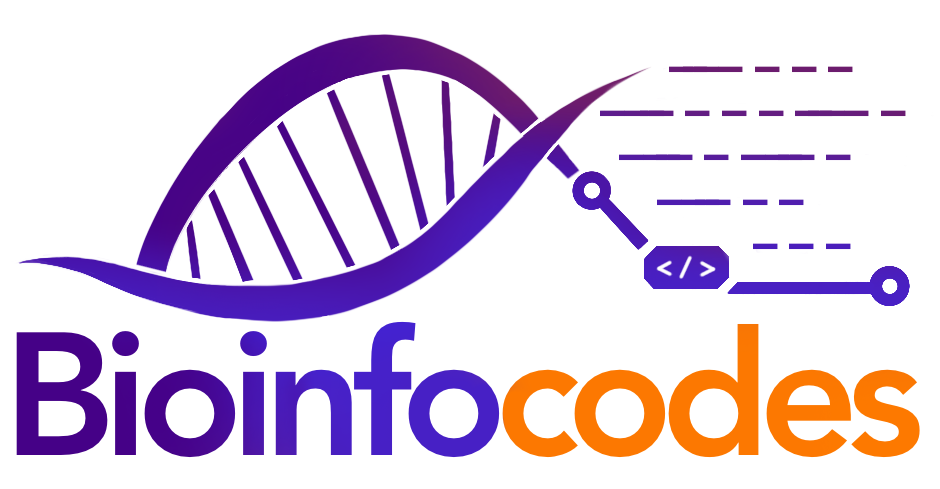A mounting body of evidence indicates the pivotal involvement of neurons activated during experiences in both the establishment and retrieval of memories. These neurons, termed engram cells, represent a foundational element in the process of memory encoding and retrieval. Disruption of these neurons has been observed to impede memory recall, whereas their reactivation can independently evoke memory retrieval. Engrams, the neural ensembles associated with memory traces, have sparked debates regarding their stability following the encoding phase. Two contrasting hypotheses have emerged: one positing stable engrams, and the other proposing dynamic engrams, wherein neurons may ingress or egress the engram during the consolidation of memory. Addressing this debate, a recent study employed computational models and empirical investigations to explore the post-encoding evolution of engrams. The findings unveiled a dynamic nature of engrams, wherein neurons exhibit flux, entering or exiting the engram over time. Moreover, the study underscored the indispensable roles of inhibitory activity and synaptic plasticity during memory consolidation, particularly in shaping memory selectivity. These revelations challenge conventional notions of memory stability, underscoring the dynamic interplay of engrams and their pivotal role in the expression of memory.
Tome and colleagues’ study employs a computational model to investigate the dynamics of engram cells and their selectivity during memory consolidation. The spiking neural network model utilized consists of a stimulus population projecting to the hippocampus, incorporating short-term and long-term plasticity in excitatory synapses, as well as inhibitory plasticity in inhibitory synapses onto excitatory neurons. Long-term excitatory synaptic plasticity integrates Hebbian and non-Hebbian terms to regulate learning, while inhibitory synaptic plasticity operates via a network activity-based STDP mechanism to maintain network activity levels. Initially trained with a stimulus to simulate an episodic memory task, the network identifies training-activated engram cells, which are then reactivated during a consolidation phase mirroring post-encoding sleep patterns. Regular probing phases throughout consolidation intervals assess the state of the engram, with probing-activated engram cells reflecting the consolidated memory state. Subsequent recall sessions, featuring partial cues of either the training stimulus or novel stimuli, evaluate the network’s ability to selectively recall encoded memories only in the presence of training cues. The study illuminates the intricate mechanisms underpinning memory consolidation and recall, providing insights into the dynamics of memory engrams and their selectivity in neural networks.
Utilizing a computational model, researchers investigated memory consolidation’s intricate process and its impact on dynamic and selective engram formation. Initially, training commenced with stimulus presentation, identifying training-activated engram cells, followed by consolidation periods simulating post-encoding sleep and probing phases to assess the engram state. Concurrently, a contextual fear conditioning (CFC) paradigm validated the model’s predictions, demonstrating a shift towards memory selectivity post-training and a decline in ensemble overlap between recall and training neurons over time, supporting the dynamic nature of engrams during consolidation.
Furthermore, the study delved into the significance of inhibitory mechanisms in memory selectivity using the same model. Blocking inhibitory neurons during memory recall disrupted selectivity, aligning with experimental evidence indicating the differential effects of inhibiting specific interneuron types within the dentate gyrus (DG). The expansion of the network model to include both CCK+ and PV+ interneurons mirrored experimental observations, reaffirming the critical role of inhibitory activity in engram selectivity. Additionally, by examining the contribution of inhibitory synaptic plasticity to selective engram formation, the study revealed that blocking inhibitory synaptic plasticity during memory consolidation impeded memory selectivity. This underscores the intricate interplay between inhibitory mechanisms and synaptic plasticity in shaping the development of selective memory engrams, providing insights into the underlying processes governing memory expression.
In conclusion, the study reveals the dynamic evolution of memory engrams into selective representations during consolidation. Rapid changes in engram cells within the DG emphasize the role of synaptic plasticity in shaping memory. The importance of inhibition and inhibitory synaptic plasticity for selectivity emergence is highlighted. Additionally, the study bridges the gap between training-activated engram cells and the changing engram landscape, offering insights into memory recall mechanisms. The concept of representational drift suggests neural representations evolve, possibly driven by ongoing synaptic plasticity. This work advances memory models and provides insights into conditions characterized by persistently unselective aversive memories.
Author: Sedanur Akdemir
Editor: Elif Duymaz
Reference: Tomé, D. F., Zhang, Y., Aida, T., Mosto, O., Lu, Y., Chen, M., Sadeh, S., Roy, D. S., & Clopath, C. (2024, January 19). Dynamic and selective engrams emerge with memory consolidation. Nature Neuroscience. https://doi.org/10.1038/s41593-023-01551-w
– Bioinfocodes Scientific News Service –
News articles prepared by our team members, reviewing and compiling scientific research published in journals with an impact factor greater than 20 (click here for the list).

